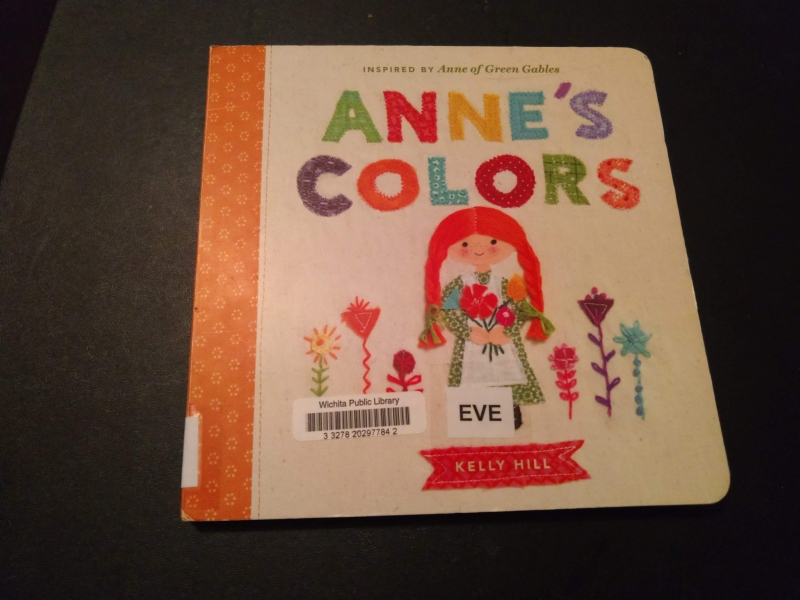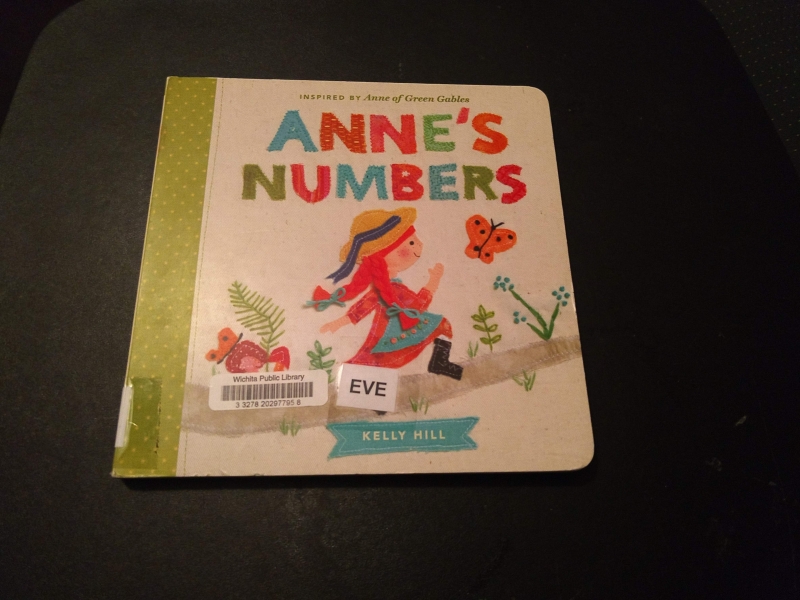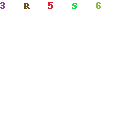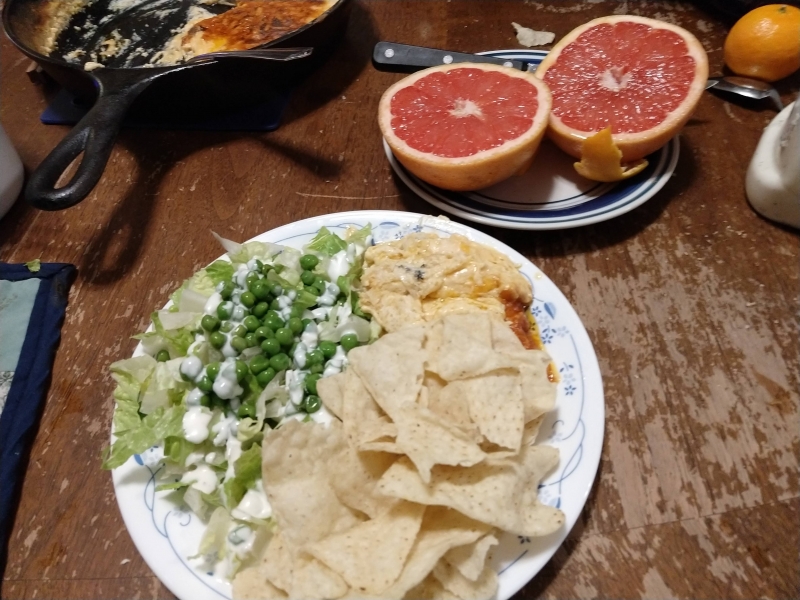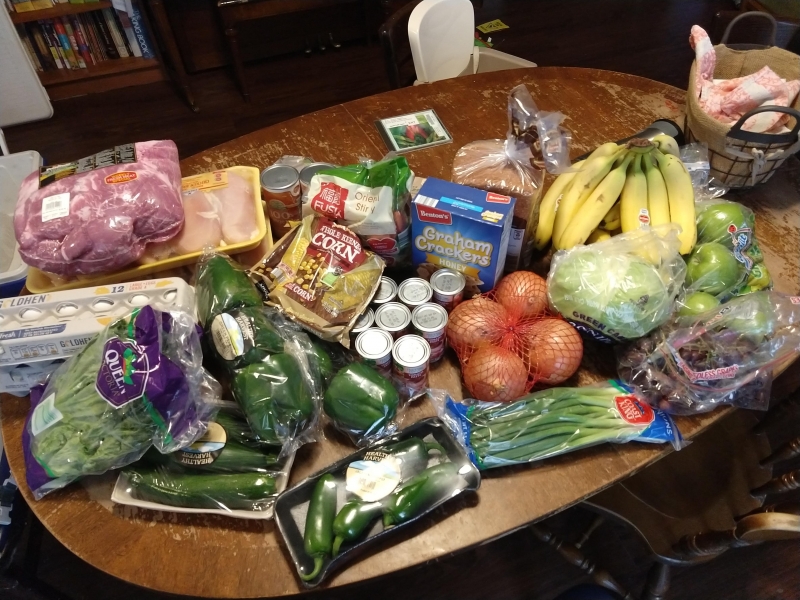I’m sad that Five Minutes for Books is no longer hosting the monthly “What’s on Your Nightstand?” roundup – but I completely understand, especially given how my own participation has waned in the past several years.
Nevertheless, I have valued these monthly reminders of what I’ve read – and hope to continue them.
Books for Loving:
Our Triune God by Philip Ryken and Michael LeFebvre

When I determined that I would study the Trinity this year for my own personal spiritual formation, I was a little worried that it would be mostly an academic pursuit and that I would have to work hard to find cause for worship in the doctrine of the Trinity. Ryken and LeFebvre’s little book (114 pages long) was the perfect start to my project, helping me to clearly see the glorious truth of the Trinity and to worship God as a result. Rather than setting out to give some sort of comprehensive analysis of the Trinity, or a historical background on the doctrine, the authors take a main text for each of their four chapters. They exposit each of those texts to help their readers understand the work of the Trinity in salvation, the mysterious doctine of the Trinity, the activity of the Trinity in sanctification, and the work of the Trinity in the fulfillment of the Great Commission. I heartily recommend this book as an introduction to the doctrine and worship of the Triune God.
Books for Growing:
I chose Matt Perman’s Do More Better as my first book for growing this year – but it’s too long to fit into one month. So I read just the first 13 chapters this month and will be finishing up next month.
Books for Knowing:
The Why Axis by Uri Gneezy and John A. List

Why do we do what we do? Plenty of economists try to answer the question – but generally their observational methodology means they can only observe correlations, not causation. Gneezy and List are pioneers in the use of “field experiments” randomized experiments on the unknowing public that attempt to tease out causation. The Why Axis describes several of their experiments into discrimination, the gender gap, getting kids from hard places to graduate high school, raising money for charity, and more. I found this a fascinating book, although perhaps not quite as fascinating as say, Freakanomics (although that may well be because Freakanomics was one of the first “economics for the public” books I ever read.)
Books for Seeing:
Utopia by Thomas More

More is clearly an intelligent and witty man – and I enjoyed reading his little fiction. Utopia is made up of four parts – an introductory letter (full of witicisms), a first part that describes the author’s first acquaintance with the man who told him about Utopia, a second part that describes Utopia, and a final letter. I enjoyed the letters best, the first part next, and the actual description of Utopia least. The island of Utopia is a little too… utopian… for my tastes. For a Catholic saint, More shows little awareness of the doctrine of original sin.
Books for Enjoying:
A Common Life by Jan Karon
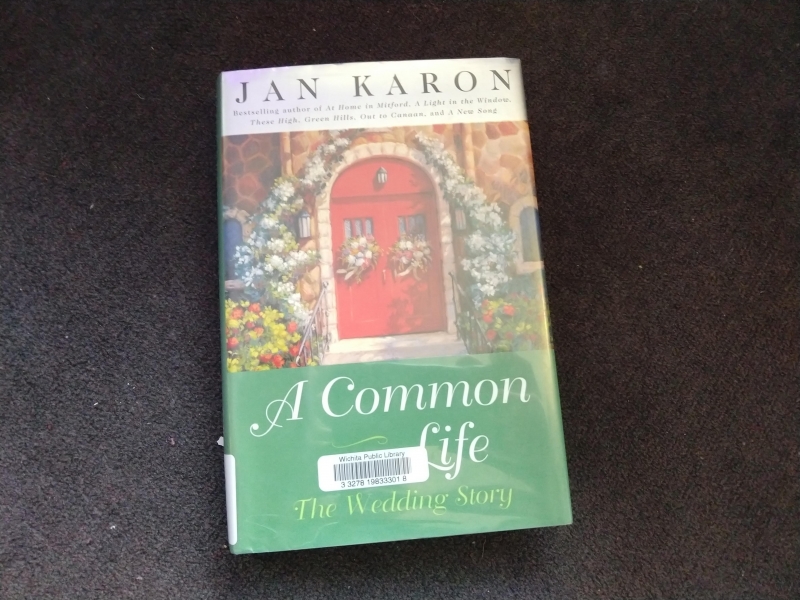
I’ve been making slow but delighted progress through Karon’s Mitford books. They are exactly the sort of books suited for a mother (who wants something to read but still needs to sleep at night.) This book goes back in time a bit to learn more about the lead-in to Father Tim and Cynthia’s wedding.
Anne of Green Gables: A Graphic Novel adapted by Mariah Marsden and illustrated by Brenna Thummler
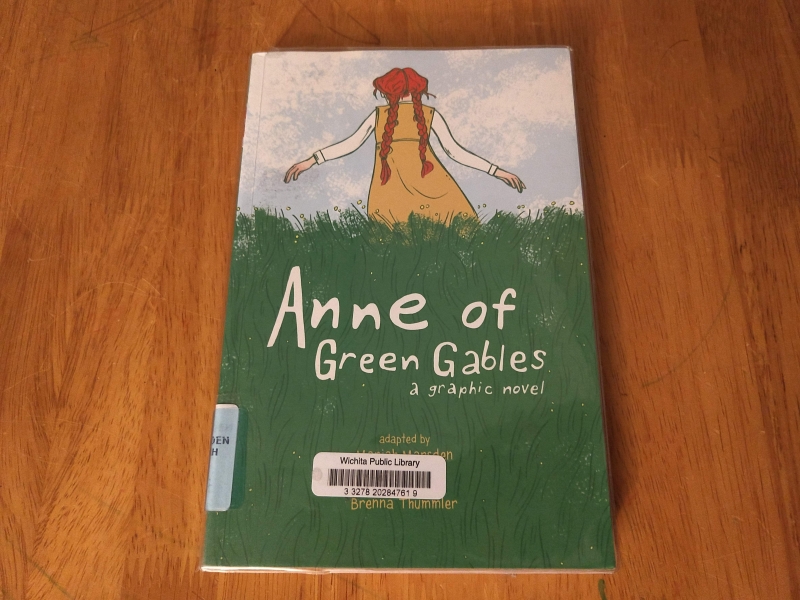
I enjoyed this much more than expected. Follow the title link for my review.
Anne of Avonlea by L.M. Montgomery
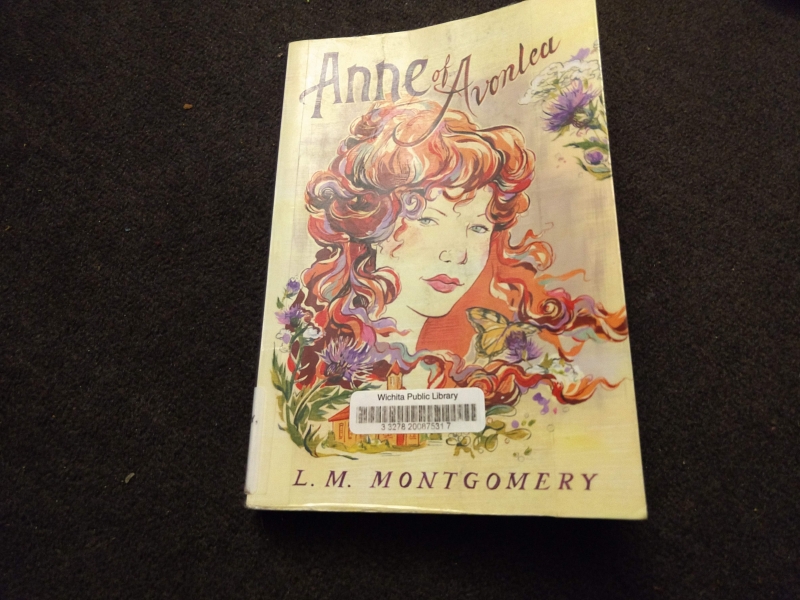
It’s been far too long since I last read this. It was like visiting an old friend, grown more mature by life’s passage but just as sweet as ever.

